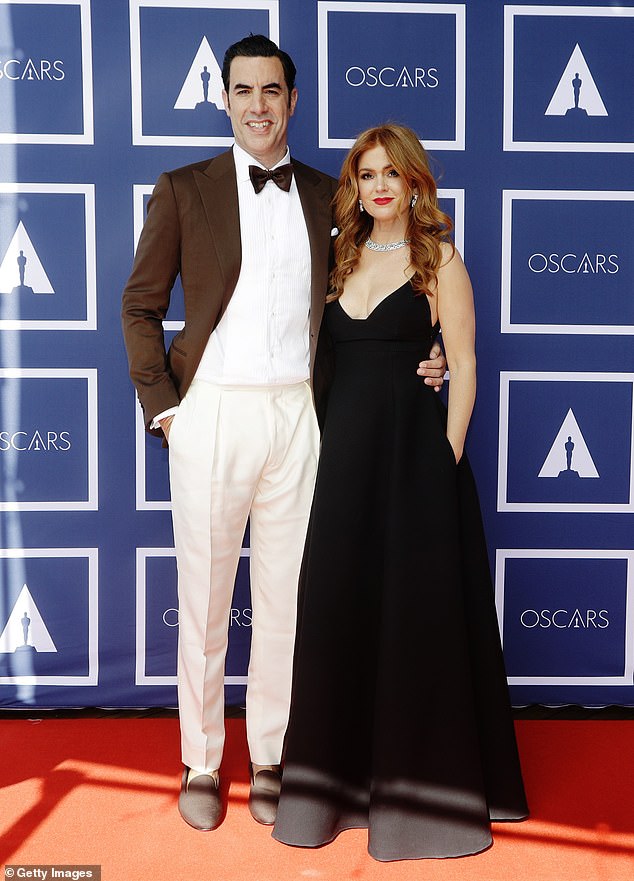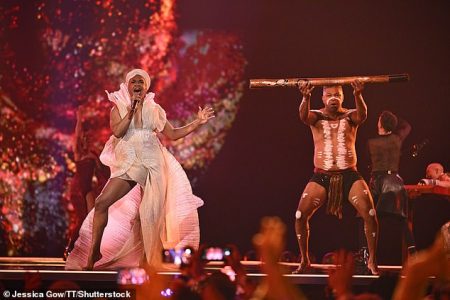Sacha Baron Cohen and Isla Fisher have announced their split after 14 years of marriage. The couple, known for keeping their romance private, has shared some intriguing details about their relationship, including Fisher revealing that they made love while Cohen was dressed as Borat. They met in 2002 in Australia and got engaged in 2004 before starting a family with three children. The couple tied the knot in a private ceremony in Paris in 2010, with Fisher converting to Judaism to honor Cohen.
Despite their privacy, Isla Fisher shared some raunchy bedroom secrets in a 2016 interview, revealing that they had engaged in intimate moments while Cohen was in character as Borat or Bruno. The couple moved back to Australia in 2020, with Fisher expressing the difficulty of juggling a family in LA. They eventually relocated to Perth, Western Australia. In 2024, the couple announced their quiet separation through a statement where they posed in tennis outfits, revealing they had filed for divorce in 2023.
Their love story began in 2002 and was described as ‘love at first sight’ by Fisher. They met in Australia, with Fisher stating that meeting Cohen was like ‘winning the lottery.’ Cohen recalled knowing instantly that Fisher was the one for him. The couple got engaged in 2004 and welcomed their first daughter in 2007, followed by two more children in the subsequent years. They finally tied the knot in a private ceremony in Paris in 2010, with Fisher converting to Judaism to be united in marriage with Cohen.
The candid nature of their relationship was displayed in Fisher’s revelation of their bedroom antics, where she shared that Cohen had been in character while they were intimate. The couple navigated the challenges of raising a family in LA before deciding to move back to Australia for a more family-friendly lifestyle. Their decision to prioritize their privacy was evident in the way they quietly announced their separation, expressing their shared love and devotion for their children.
Sacha Baron Cohen and Isla Fisher’s split after 14 years of marriage came as a shock to many, with the celebrity couple known for their private relationship. Their decision to end their marriage was revealed through a statement where they posed in tennis outfits, symbolizing the end of their ‘long tennis match.’ Despite the split, they emphasized their commitment to co-parenting their children and requested privacy during this difficult time. Their wild romance and marriage have left fans speculating about the reasons behind their separation.
















